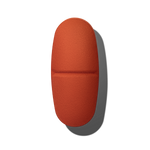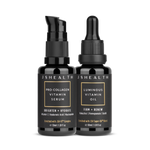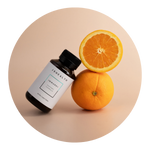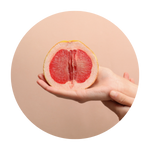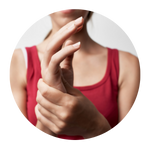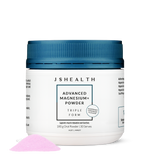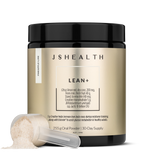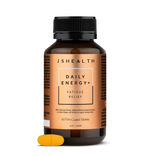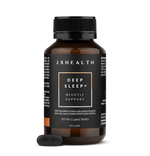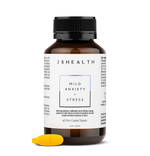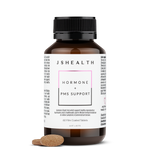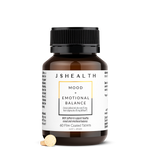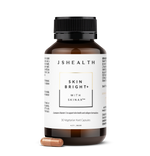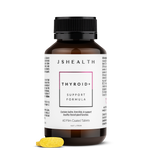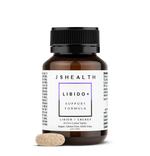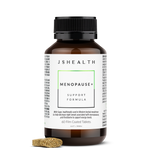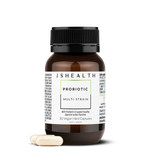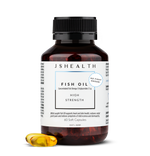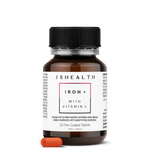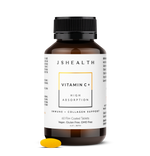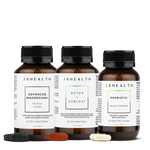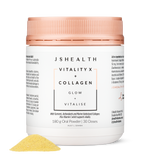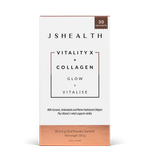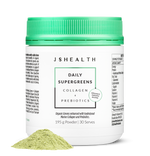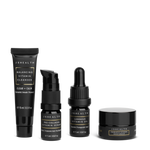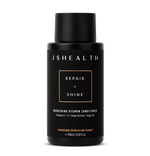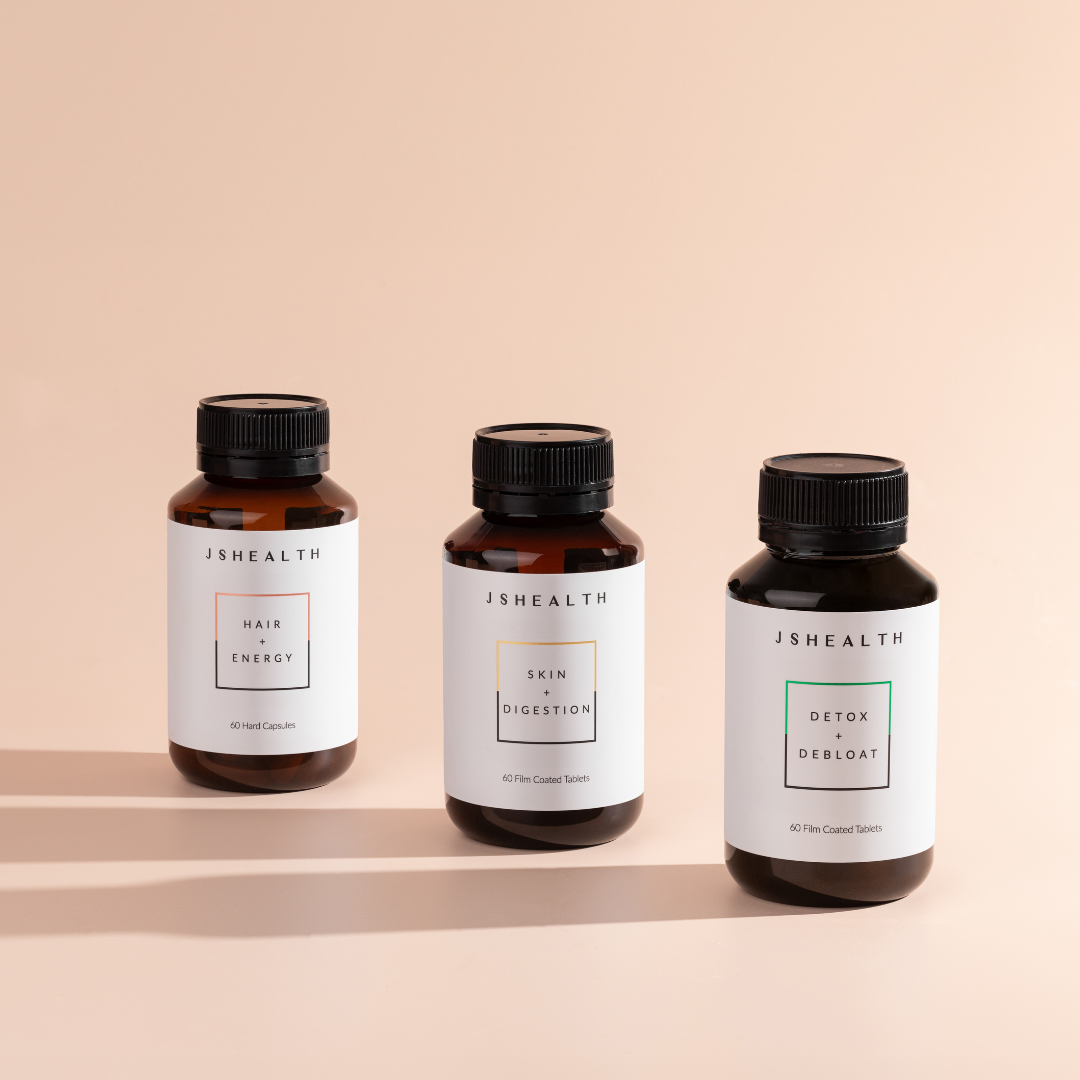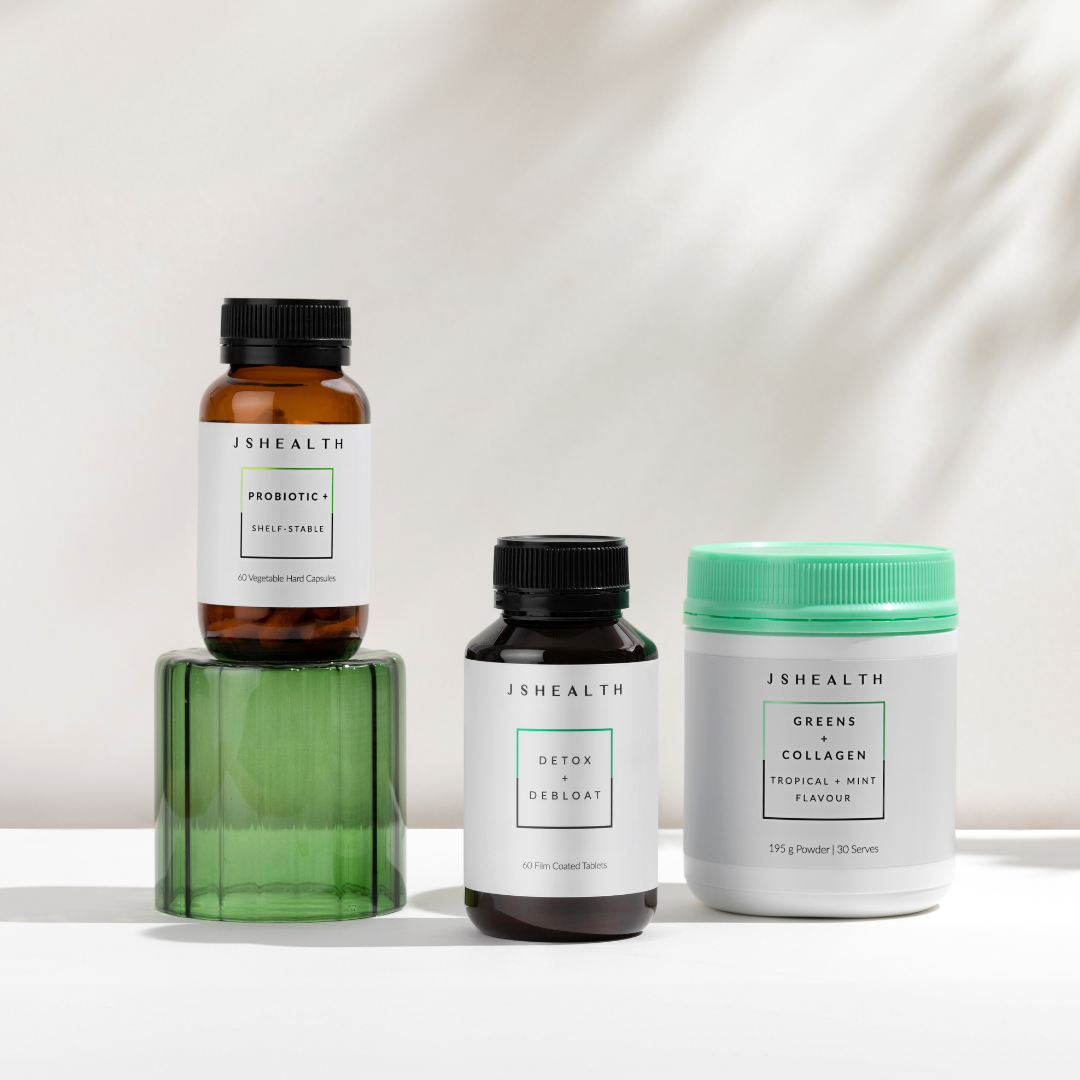Your mood across the menstrual cycle
Have you ever noticed the ebb and flow of your emotions throughout the month? There's a fascinating scientific explanation behind these fluctuations.
Each phase of the menstrual cycle brings about a unique combination of hormones that can influence everything from energy levels to emotional wellbeing. Understanding these shifts throughout your cycle can be empowering and help you to navigate your emotional ups and downs with awareness and compassion.
- Luteal Phase: You may be feeling a touch more irritable and prone to mood swings – hello emotional whirlwind! This could be due to dropping oestrogen and progesterone levels, which can affect your brain's chemistry, particularly serotonin – a key neurotransmitter in mood regulation1. Researchers suggest this hormonal shift may explain why some women experience premenstrual dysphoric disorder (PMDD), characterised by more intense mood fluctuations2. Remember, it’s okay to take things a bit slower during this time. Prioritise self-care through activities such as meditation or gentle yoga.
- Menstruation: The first few days of your period can bring fatigue alongside a sense of relief and renewal as hormone levels begin to stabilise. This phase might invite a quieter, more reflective state, offering a chance to reset both physically and emotionally3. In this period (no pun intended!) of introspection, treat yourself to some rest and relaxation…you deserve it! Take a warm bath, indulge in a good book or simply allow yourself to slow down.
- Follicular Phase: Rising oestrogen levels post-menstruation can boost your mood, energy and optimism. Oestrogen is known to increase the production of endorphins and serotonin, contributing to feelings of wellbeing and happiness3. This “springtime” phase is often considered a prime time for tackling projects and embracing new ideas. Embrace this newfound focus and channel it towards productivity or personal growth.
- Ovulation: This mid-cycle peak in oestrogen4 can leave you feeling sociable, energetic and at your most vibrant. Additionally, the surge in luteinising hormone (LH) and testosterone not only triggers ovulation but can also impact emotional wellbeing and heighten libido4. This is a fantastic time to connect with loved ones, network or simply embrace your inner fire and express yourself creatively.
By recognising these natural patterns, you can approach each phase with compassion and implement strategies to best support your wellbeing. Your cycle and your experiences are unique, so listen to your body and celebrate the incredible woman you are in every phase.
References:
- Dubol, M., Epperson, C.N., Sacher, J., Pletzer, B., Derntl, B., Lanzenberger, R., Sundström-Poromaa, I. and Comasco, E. (2021). Neuroimaging the menstrual cycle: A multimodal systematic review. Frontiers in Neuroendocrinology, 60, p.100878. doi:https://doi.org/10.1016/j.yfrne.2020.100878.
- Hantsoo, L. and Epperson, C.N. (2015). Premenstrual Dysphoric Disorder: Epidemiology and Treatment. Current Psychiatry Reports, [online] 17(11). doi:https://doi.org/10.1007/s11920-015-0628-3.
- Mihm, M., Gangooly, S. and Muttukrishna, S. (2011). The normal menstrual cycle in women. Animal Reproduction Science, [online] 124(3), pp.229–236. doi:https://doi.org/10.1016/j.anireprosci.2010.08.030.
- Reed, B.G. and Carr, B.R., 2018. The normal menstrual cycle and the control of ovulation. In: K.R. Feingold, ed., Endotext. [online] MDText.com, Inc. Available at: https://pubmed.ncbi.nlm.nih.gov/25905282/
- Wallace, H. and Mayson, L. (2022). The female factor : making women’s health count - and what it means for you. London: Yellow Kite.

